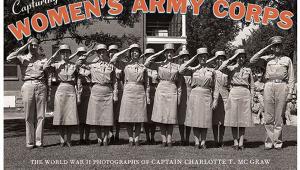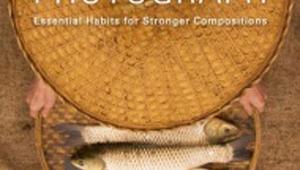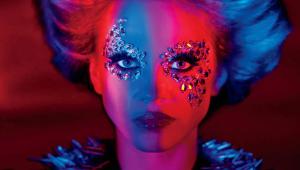Making Enlarged Negatives In The Darkroom; Excerpt From Steve Anchell’s The Darkroom Cookbook, Third Edition
Since the first edition of “The Darkroom Cookbook,” there have been an increasing number of photographers who have become interested in alternative processes. The interest has become so great that in 1999 the Photographers’ Formulary, one of the leading providers of photographic chemicals, established a school largely dedicated to teaching alternative processes. Because of the surge in interest, I decided to share my own knowledge of enlarging negatives in the third edition of “The Darkroom Cookbook,” published by Focal Press and available in September 2008. The following is an excerpt from Chapter 13, “Reversal Processing and Enlarged Negatives.”
 |
Alternative processes are many and varied. The list includes carbro, carbon, bromoil, gum printing, platinum/palladium (plt/pld), salted paper, ambrotype, albumen, kallitype, photogravure, collotype, woodburytype, and cyanotype. Except for the first two, carbro and carbon, all of these processes are made by contact printing a negative onto sensitized material. This means that a 35mm negative will produce a print approximately 1x1.5”. While this may satisfy some, most photographers prefer slightly larger prints.
There are three darkroom techniques for producing an enlarged negative for contact printing, and none are particularly difficult. The easiest is to copy a print made from an original negative using a large format camera. The other two methods both require a positive image, which is then projected onto another piece of film of the desired final size using an enlarger. This second piece of film is developed as a negative. The second two methods vary only in how the positive image is made.
 |
|
|
One method involves processing the original film as a positive. The drawback is that your original 35mm, 120, or 4x5” image will always be a positive should you later wish to use traditional enlarging techniques. However, if you are dedicated to contact printing processes then this is the best method to obtain high quality originals from which to work.
There are a number of ways to process your film as a positive; the easiest would be to send it to a lab such as .dr5 Chrome Lab (see “Resources” sidebar) and the next would be to use the directions and formulas given in the Cookbook.
 |
|
|
The second method is to make an interpositive (also known as diapositive) from the original negative. The interpositive is made by contact printing the original negative onto another piece of film. Complete instructions on how to make a direct positive or interpositive are given in the third edition. Neither of these techniques are difficult but writing about them would more than double the length of this article—which is why books are still being published.
Procedure For Making An Enlarged Negative
Once you have an original positive or an interpositive by either method you are ready to make an enlarged negative. Using an enlarger the positive image can be projected onto any size or type of negative material. Adox 25 ORT is an excellent choice, though Kodak T-Max 100 is widely used as it has high resolution and good reciprocity characteristics. Efke 25 is another good choice.
 |
|
|
- Log in or register to post comments

















































